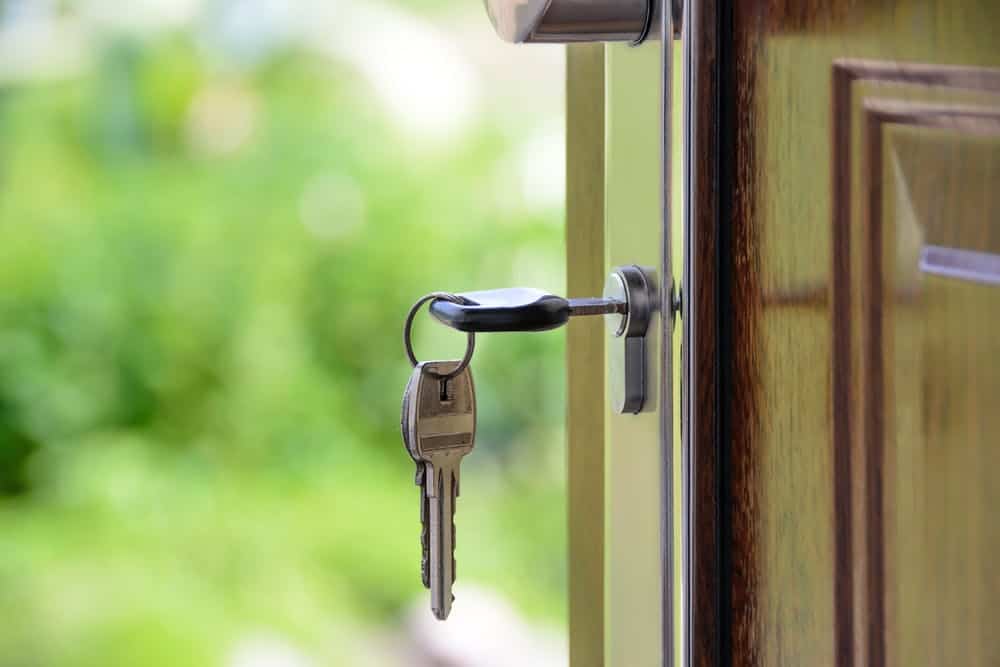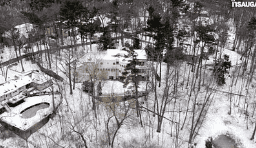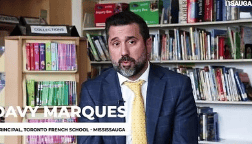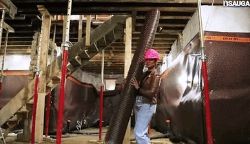Hamilton aims to meet Ontario’s housing pledge it’s being ‘bullied into,’ in councillor’s words
Published February 22, 2023 at 8:10 pm

With the words — “seek to” — doing some heavy lifting, Mayor Andrea Horwath moved the elected leadership of Hamilton from defying the Ford government’s request about housing development goals to a cautious consensus.
At a city council meeting today, the mayor persuaded colleagues to reconsider the pledge, so-called, that Municipal Affairs and Housing Minister Steve Clark had asked Hamilton (and other cities) to accept by March 1. The pledge, which calls for Hamilton to strive to add 47,000 homes by 2031, was rejected at a planning committee meeting last week.
However, on second thought, councillors voted down ratifying that. Subsequently, they voted 12-2 in favour of the mayor’s amendment that Hamilton will “seek to meet the challenge” from the province, while building within the the former urban boundary.
The province rejected Hamilton’s urban boundary freeze last year. The changes to Greenbelt protections — which have led to Clark facing an investigation, and Premier Doug Ford being accused of pay-for-play after media reports that developers who are PC Party of Ontario donors gave cash gifts at Ford family events before lands they own were opened to development — also involve farmland in Hamilton.
“It’s a two-word addition — ‘Hamilton will seek to meet the challenge (of building 47,000 homes by 2031),’ ” Horwath said. “I have heard people around this council speaking of playing into the political theatre, much of which has been initiated by the province. What I would say is we have an opportunity to go back to being pragmatic, to approve the staff report (to sign on to the pledge), and build housing in our community with the engagement of other levels of government.”
The two-page pledge includes “recognition that that there are factors outside the City’s control which will influence progress towards the target.” There was no explicit mention of climate adaptability in the pledge itself, but is not meant to be a formal planning document.
The mayor accepted a friendly amendment from Ward 8 Coun. John-Paul Danko that the seek-to-meet efforts would come through “through intensification within the former urban boundary, excluding the Greenbelt lands.”
Hello Hamilton, this is my after Council Update for February 22nd to share a bit of what happened at our meeting today. Thanks for watching! #HamOnt pic.twitter.com/3Ol60JUsNn
— Andrea Horwath (@AndreaHorwath) February 22, 2023
The province announced its Bill 23 development omnnibus bill, and the Greenbelt land swap, within days of municipal elections last fall. The urban boundary freeze was killed by the province’s environmental registry on Nov. 4, before the current council was sworn in. That has raised public concerns about how to end the housing shortage without further compromising climate resilence. Hamilton is in the second-most climate-vulnerable area of Canada. It is also No. 3 in air pollution, which exacerbates environmental effects on human health.
The spectre of repercussions from the province for digging in against Bill 23 was mentioned by multiple councillors. Horwath, who was Ontario’s opposition leader from 2018 to ’22 prior to resigning as an MPP to run for mayor, acknowledged that was a reality.
“I think it’s really clear that we can’t tell the province what to do, and how it moves forward, But we do have an obligation to the people of Hamilton to always be in their corner fighting for the things that the need,” the mayor said. “What I would be concerned about is if we do things that limit our chances of winning those battles for the people of Hamilton.
“I think it’s important to say that we’ll work towards it, without saying that we will meet the challenge.”
Couns. Cameron Kroetsch (Ward 2) and Alex Wilson (13) advanced the motion last week stating that the city did not endorse Clark’s housing pledge. They maintained their stance today, accounting for the two ‘no’ votes on the mayor’s amendment.
Danko and Couns. Mark Tadeson (11), Craig Cassar (12), and Ted McMeekin (15) switched their support after taking a harder line last week.
‘We are being bullied into this’
Horwath and (in order of ward), Couns. Nrinder Nann (3), Tammy Hwang (4), Matt Francis (5),Tom Jackson (6), Brad Clark (9), Jeff Beattie (10), and Mike Spadafora (14) also supported signing on to the pledge. Couns. Maureen Wilson (1) and Esther Pauls (7) were absent.
“I think Mayor Horwath is right — if it is political theatre, why are we participating?” Danko said. “And to Councillor (Alex) Wilson’s points earlier, it was very well-said, if we don’t sign there are political and funding ramifications for other files. I think that’s clearly indicated in the minister’s letter to the city — if we don’t play ball, there will be negative repercussions for the City of Hamilton.
“We are being bullied into this, however as a municipality, we really have no choice,” Danko said, noting McMeekin’s comment that the vote came on Pink Shirt Day, which is part of an anti-bullying movement.
“To the mayor’s point, we need to go along with this so that we are not singled out or some of those potential ramifications do not come to pass. I’ll defer to her extensive experience at the provincial level.”
The letter that Min. Clark sent to the city on Feb. 13 did not mention supportive housing, which accounts for a miniscule fraction of new builds in Hamilton and across Canada.
Wilson said that the province was asking the city “to play a game,” and mentioned the lack of specifics about types of housing in the minister’s letter.
“If we fear retribution on other files it means we do not live in democracy — it means we lives in Doug Ford’s Ontario,” Wilson said. “We should work with the public as much as we want to work with the province.”
That Hamilton and Ontario have a housing shortage is all but universally accepted. The Smart Prosperity Institute suggested last year that 52,400 homes need to be built in the city in order for it to do its part to alleviate the shortage. That is more than is requested by the pledge.
And Cassar alluded to the proven axiom that gentle infill density is easier for a city to service than suburbs of single-family units built over irretrievably-lost farmland. Cassar and Wilson were cofounders of the Save Our Streams Hamilton wetlands protection group, and Cassar’s predecessor, longtime Ancaster-area councillor Lloyd Ferguson, took the lead on having lands added to the Greenbelt in 2017.
“We all agree we need more housing, but I would hope our pledge would build in caveats,” Cassar said. “There are steps that the province has taken that works agianst us being to build the housing unit quantities we want to able to pledge. They have reduced minimum density, and opened up more land which exacerbates sprawl.
“That affects quality of life,” Cassar added. “You need a vibrant community so people don’t have to drive everywhere. We’ve also provincial funding for affordable housing dry up.”
The letter from Clark was clear that a pledge is “not intended to be a land-use planning document (and the) format and language used in the
pledge should be accessible to the general public.”
Horwath stressed that the housing pledge is a way of moving ahead on issues that city planners and councillors have spent thousands of hours on over the past few years.
“It speaks to principle of intensification, planning processes, transit pieces, zoning — all of the things that we all agree are the way we responsibly accommmodate more housing in our city,” the mayor said. “It also talks about sustainability.”
insauga's Editorial Standards and Policies advertising





